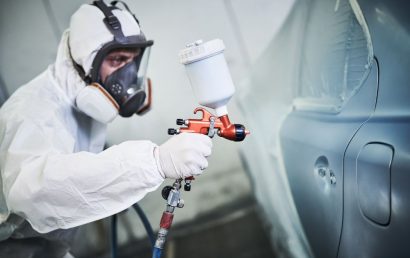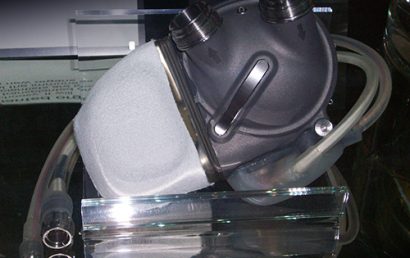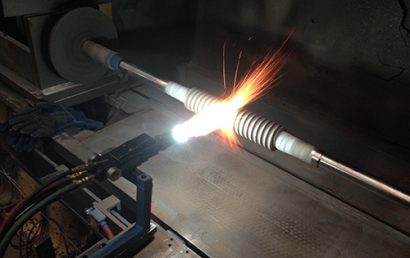Ideal Characteristics Of Thermal Spray Coatings
If you want to protect critical parts from damage and increase the functionality of your parts, it is pertinent that they are coated with thermal spray coatings. At A&A Coatings, we have the experience and expertise to create thermal spray coatings that are tailored to meet your specific protection and coating needs. What’s more, our coatings provide stellar corrosion protection in a great array of exposure environments for at least two decades. You might be a little curious now, wondering how thermal spray coatings can achieve these amazing feats. For starters, you can take a look at the ideal characteristics of thermal spray coatings.
Low Porosity
Generally speaking, the porosity of finished coatings is pretty significant to the coating’s protective capability. In most cases, the porosity of finished thermal spray coatings lie somewhere between 3% and 18%. The percentage also often depends on how the coatings were applied. Next, there are good reasons for a coating to be less porous. For starters, coatings that tend to be less porous have a longer useful service lifespan. If a coating is highly porous, it could corrode at the surface as well as within the pores. See where we are going with this? Of course, you also need to factor in the potential atmospheric conditions that the coatings may be exposed to, before deciding how porous your coatings should be.
Uniform Appearance
Let’s pretend that you need zinc-based thermal spray coatings. In addition, you also chose the plasma spraying process to apply your coatings (before we proceed, you should note that plasma spraying can be used for both metal and ceramic substrates!). Moving on, you should note that the surface good coatings often have a uniform appearance. Even if defects are present, those defects on the coatings must be limited to small nodules that never exceed 1.1 mm in diameter. If the height of those nodules (defects) exceed 0.6 mm, the affected areas have to be fixed promptly before the sealing process takes place.
Accurately Controlled Dry Film Thickness
To measure the dry film thickness of a thermal spray coating, one only needs to use a normal paint dft gauge to do it. However, the hard part is actually trying to achieve an accurate dft. When TS coatings are produced, regular and careful measurements have to be taken. In some cases, a thermal spray coating being extra thick may affect its long-term performance. For thermal sprayed aluminum coatings, the recommended dft range is from 0.08mm to 0.15mm (sealed or unsealed). For thermal sprayed zinc coatings, you should aim for 0.30mm to 0.38mm dft. One of the common signs of excessive dft is the blistering of a coating layer.
Good Adhesion
Adhesion is another important indicator of long-term performance. If the adhesive strength of your coatings are poor, chemical reactions or internal coating stress can cause disbonding. If you want coatings to have significantly higher adhesive properties, you are recommended to opt for the arc spraying process. This method has the potential to achieve up 7,000 psi!
When it comes to producing thermal spray coatings, good quality control is required to ensure all ideal characteristics of TS coatings are present. Want to know how A&A Coatings create its coatings? Contact us today!



